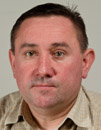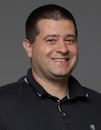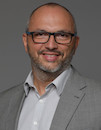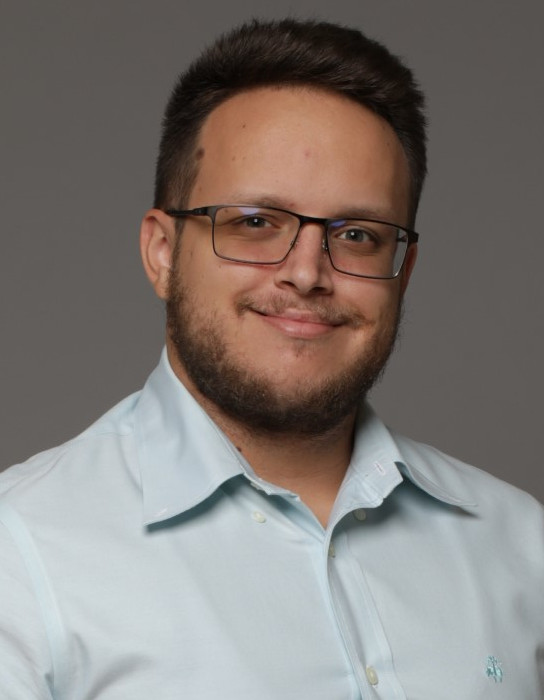Audio production
Data is displayed for academic year: 2023./2024.
Laboratory exercises
Course Description
The Audio Production course is part of a group of courses that focus on sound production, together with the courses Audio Systems and Audio Programming.
In this course, specific knowledge necessary for successful sound production in standard stereo technology is acquired, which includes sound recording, mixing, and mastering as the creation of a final stereo recording. Special emphasis is placed on practical work in laboratory exercises and individual work done at home.
The topics covered in the course relate to the basic features of analog and digital devices and the advantages and disadvantages of analog and digital audio technology, as well as ways of connecting individual components of the production chain. Transducer components of the production chain such as microphones, headphones, and speakers are covered, as well as electronic components such as mixing consoles and various audio processing devices. Special attention is paid to mono and stereo sound recording techniques and sound synthesis as methods of obtaining audio signals, as well as processing that signal in the form of mixing and adding effects, and correcting possible errors that may have occurred during recording. The basics of working in digital audio workstations and the process of obtaining a final stereo recording are also covered. A part of the course is dedicated to the acoustics of recording studios and control rooms.
Study Programmes
University graduate
[FER3-HR] Audio Technologies and Electroacoustics - profile
(3. semester)
[FER3-HR] Communication and Space Technologies - profile
Elective Courses
(1. semester)
(3. semester)
[FER3-HR] Computational Modelling in Engineering - profile
Elective Courses
(1. semester)
(3. semester)
[FER3-HR] Computer Engineering - profile
Elective Courses
(1. semester)
(3. semester)
[FER3-HR] Computer Science - profile
Elective Courses
(1. semester)
(3. semester)
[FER3-HR] Control Systems and Robotics - profile
Elective Courses
(1. semester)
(3. semester)
[FER3-HR] Data Science - profile
Elective Courses
(1. semester)
(3. semester)
[FER3-HR] Electrical Power Engineering - profile
Elective Courses
(1. semester)
(3. semester)
[FER3-HR] Electric Machines, Drives and Automation - profile
Elective Courses
(1. semester)
(3. semester)
[FER3-HR] Electronic and Computer Engineering - profile
Elective Courses
(1. semester)
(3. semester)
[FER3-HR] Electronics - profile
Elective Courses
(1. semester)
(3. semester)
[FER3-HR] Information and Communication Engineering - profile
Elective Courses
(1. semester)
(3. semester)
[FER3-HR] Network Science - profile
Elective Courses
(1. semester)
(3. semester)
[FER3-HR] Software Engineering and Information Systems - profile
Elective Courses
(1. semester)
(3. semester)
Learning Outcomes
- Classify microphone and loudspeaker types depending on their purpose in audio production
- Choose suitable technological measures for noise removal from audio signals
- Identify suitable audio format for audio production
- Operate relevant tools of Digital Audio Workstations
- Create a complete system for audio recording of a 3D sound field
- Analyze advantages and disadvantages of given technological spaces for audio production
- Generate an audio master recording using learned methods
Forms of Teaching
Lectures
The theory of audio production is explained. These phenomena are also explained through demonstrations, where applicable.
Independent assignmentsStudents will independently create several audio production projects , and the results will be evaluated and compared with other projects.
LaboratoryThe students will learn basic steps of sound recording, storage, processing, and reproduction through exercises in small groups.
Week by Week Schedule
- Balanced, unbalanced connections, Noise; Ground loops; Connector noise
- Hardware architecture and electronic audio signal storage
- Media and formats for audio storage
- Digital audio connections; Connection methods
- Technical characteristics of microphones
- Architecture of PA systems, Technical characteristics of microphones
- Architecture of PA systems
- Midterm exam
- Audio production on computers; DAW
- Audio production on computers; DAW
- Mono; Stereo; Ambisonics; Wave field synthesis; Virtual reality systems
- Mono; Stereo; Ambisonics; Wave field synthesis; Virtual reality systems
- Time and frequency audio signal analysis and preparation for radio broadcasting
- Recording and control rooms acoustic optimization
- Final exam
Literature
For students
General
ID 222467
Winter semester
5 ECTS
L2 English Level
L1 e-Learning
30 Lectures
0 Seminar
0 Exercises
39 Laboratory exercises
0 Project laboratory
0 Physical education excercises
Grading System
Excellent
Very Good
Good
Sufficient


 Pristupačnost
Pristupačnost


